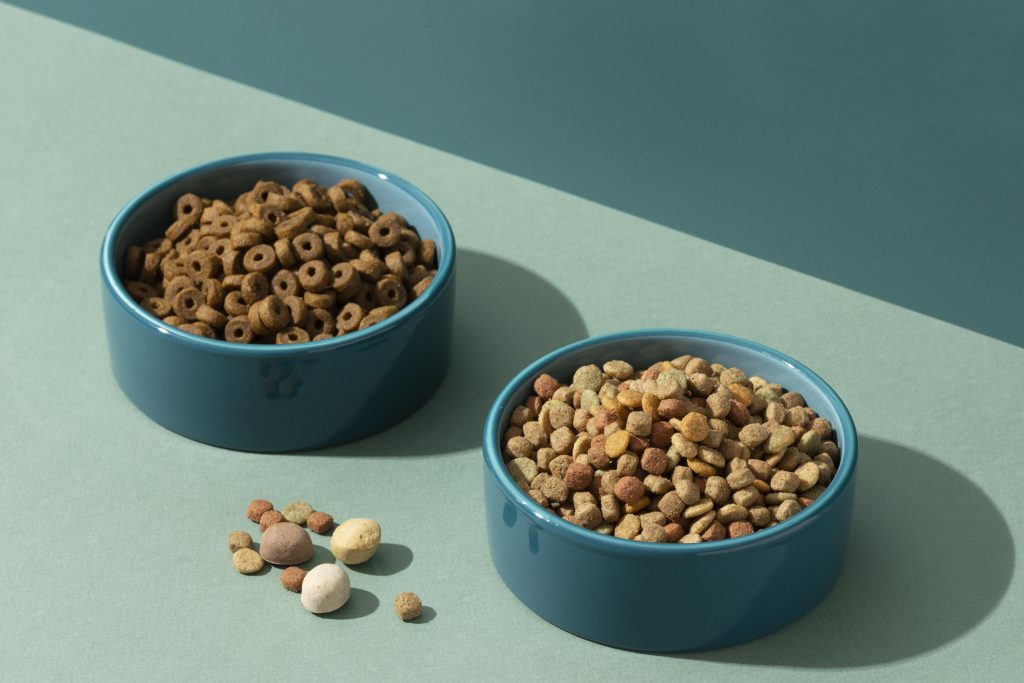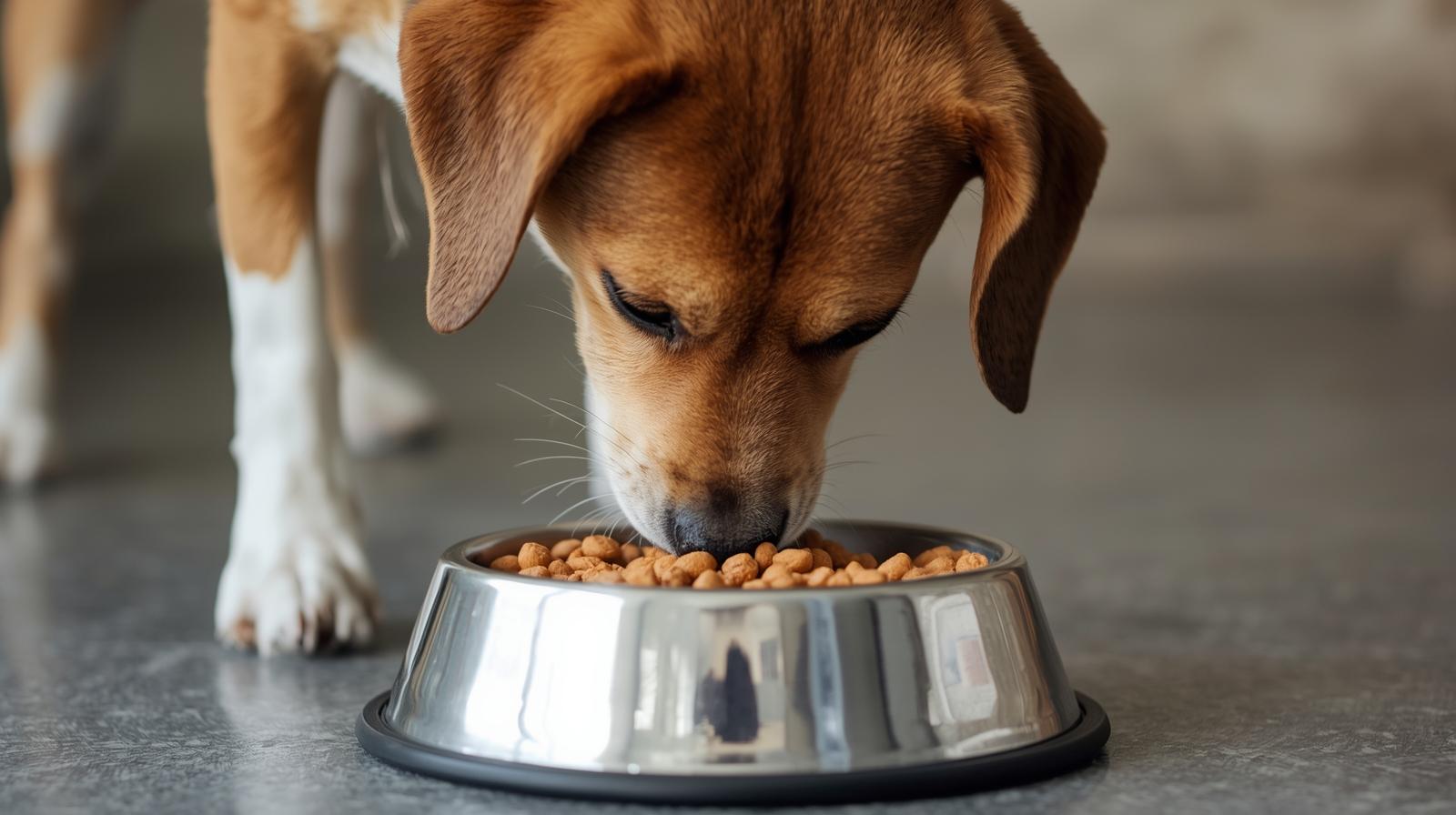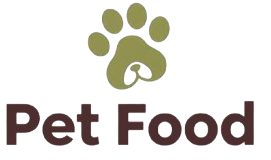Dogs’ dietary needs change as they get older. This guide goes into great detail about how to choose the best food for older dogs. It talks about essential nutrients, the best brands, feeding tips, and ways to help your dog stay healthy, active, and full of energy as they get older. Find out which formulas are best for older dogs, which ones to stay away from, and how to change the amount you give them to help them lose weight, support their joints, and stay healthy overall.
It’s a bittersweet milestone to see your beloved dog grow old. You may notice that your dog walks more slowly, has stiffer joints, and has a different appetite. One of the best things you can do for their aging body is to choose the right pet food for senior dogs and feed them carefully. At this stage, the proper diet can slow down the effects of aging, keep muscles strong, support joints, and keep the digestive system healthy.
We’ll talk about what senior dogs need to eat, what ingredients to look for (and avoid), a few of the best formulas, how to stop your dog’s old diet, and some valuable tips for keeping your dog healthy and happy in their golden years in this article.
Why Older Dogs Need Special Food
As dogs get older, their bodies change in ways that make it harder for them to digest food. Not all dog foods for adults will meet the new needs. When choosing the best food for older dogs, you need to think about:
Older dogs burn fewer calories, so if they overeat, they can become overweight.
Loss of muscle: It’s harder to keep lean muscle mass as you get older.
Stress on the joints: Supplements like glucosamine, chondroitin, and omega-3s can help older joints.
Digestive sensitivity: Older people may have weaker digestion, so they need to eat proteins and fiber that are easy to digest.
Organ support: As the kidneys, liver, and heart age, they may need more protein, phosphorus, sodium, and antioxidants at the correct times.
- ornell’s canine health center says that prescription diets like Purina JM and Royal Canin Mobility are sometimes given to senior dogs who have arthritis or trouble moving.
- Glucosamine, chondroitin, omega-3s, and some antioxidants may also help older dogs keep their joints and brains healthy.
- Because these needs are constantly changing, the best dog food for older dogs isn’t just a marketing term; it has to be made specifically for their bodies.C
What to Look For in the Best Senior Dog Food
The label can tell you a lot when you’re shopping, but you need to know how to read it. Here are the most important things to remember:
Protein that is easy to digest and of high quality
Older dogs need fewer calories, but protein is still essential. Look for high-quality meat sources with names, like “chicken meal,” “salmon,” or “beef,” as the main ingredients. Don’t use words that aren’t clear, like “meat by-product.” A formula for seniors should help keep muscles strong.
Not too much fat and calories
Senior dogs are usually less active, so their food should have a little less fat and a little more calories than food for adult dogs. This helps you not gain too much weight. NutriSource and other brands make senior formulas that limit protein and fat in the right amounts. Petfood. express
Ingredients that help joints
Glucosamine, chondroitin, and omega-3 fatty acids like EPA and DHA can help with joint pain, stiffness, and swelling. These are in a lot of “senior” formulas. For instance, IAMS senior formulas help with digestion, immunity, and joint health. iams.com
Fiber and digestive aids
As dogs get older, it becomes more important to keep their gut health and regular stool quality. Prebiotics, probiotics, and moderate fiber can help with this. A gentle formula is easier on the digestive systems of older people.
Vitamins and Antioxidants
Look for extra vitamins E, C, selenium, and other antioxidants to help your immune system and organs as they age. These help protect against oxidative stress and free radicals.
Phosphorus and sodium levels that can be handled
High levels of phosphorus or sodium can put a lot of stress on the heart or kidneys. The best dog food for older dogs keeps these minerals in safer ranges for older bodies.
The right texture and taste
Some older dogs have problems with their teeth. Kibbles that are softer, foods that are moist, or foods that can be soaked are all good choices. Also, as they get older, their sense of smell and taste may get less sharp, so a strong but healthy flavor is a plus.
The Best Brands and Formulas of Senior Dog Food
Here are some highly rated options that veterinarians recommend and that often show up on lists of the best pet food for older dogs:
- Hill’s Science Diet Senior is made just for older dogs and has minerals that are good for their hearts, kidneys, and digestion.
- PetMD says that Purina Pro Plan Bright Mind 7+ is one of the best foods for seniors that a vet has checked.
- Royal Canin Mobility and Royal Canin Senior blends are made to help older dogs’ joints.
- NutriSource Senior (Chicken & Rice) is for dogs over seven years old and has controlled amounts of fat and protein.
- Wellness Complete Health Senior is made with lean protein, joint supplements, and natural ingredients. PetFood Express has a list of senior dog foods that mention this.
- When you choose, think about your dog’s size, breed, health, and any food allergies they may have. Always choose formulas that say “complete and balanced for senior dogs” on the label.

How to Switch to the Best Senior Dog Food
Changing an older dog’s diet all of a sudden can upset their stomach. Here is a safe plan for the transition:
- Start Slowly (7 days or more)
- Day 1 to 3: 25% of the food is for seniors, and 75% is for older people.
- Day 4–6: 50% old and 50% new
- Day 7–9: 75% older and 25% younger
- Day 10: 100% senior formula
Keep an eye out for symptoms.
- Keep an eye out for diarrhea, gas, a loss of appetite, or tiredness. If you see signs, slow down the change.
- Serve at a temperature that is a little warm.
- Slightly warming (not hot) makes the smell stronger, which makes older dogs want to eat.
- Split into several meals
- Give 2–3 smaller meals instead of one big one to make it easier to digest.
- Water is important
- Some older dogs don’t drink enough. Add warm water or bone broth to keep the food moist and make you want to eat more.
Tips for living a healthy life that go well with the best dog food for older dogs
To get the most out of good nutrition, make smart changes to your lifestyle along with your diet:
- Gentle exercise regularly
- Short walks or controlled play keep muscles and joints flexible and strong.
- Joint Supplements (if your vet says so)
- You can get extra help from glucosamine, chondroitin, or fish oil.
- Taking care of your teeth
- Brushing, dental chews, or soft food choices can help older dogs whose teeth are weak.
- Regular visits to the vet
- Keep an eye on weight, blood work, and organ function so you can change the diet as needed.
- Good Treats
- Instead of high-fat table scraps, give your senior dog low-calorie treats like green beans or small fruits.
FAQs Concerning the Greatest Dog Food for Senior Canines
Q1: When is the right time for a dog to begin eating senior food?
Answer: The breed and health are the determining factors. Larger breeds might do better if they switch at 6 or 7 years old, whereas small breeds might begin to exhibit signs of aging at 7 or 8. If you notice any changes in your pet’s appetite, mobility, or general health, speak with your veterinarian.
Q2: Is it okay to mix senior food with regular adult food for good?
Answer: Not usually the best choice for the long term. Adult formulas may not have all the nutrients senior dogs need or may have too many calories and fat. After the transition, it’s best to aim for a diet that is 100% appropriate for seniors.
Q3: Is it better for older dogs to eat wet or dry food?
Answer: Neither is the best for everyone. Dry kibble is better for teeth, but wet food is easier to chew and keeps you hydrated. A lot of owners use a mix that is right for their dog.
Q4: What should I not put in senior dog food?
Answer: Don’t eat foods with fake colors, too many fillers (like corn, wheat, and soy), too much sodium, preservatives like BHA/BHT, or very high levels of phosphorus or sodium, which can hurt your kidneys and heart
.Q5: How long will it take for me to see results after I give my senior dog the best food?
Answer: You might notice some changes in 3 to 4 weeks, like a better coat, firmer stool, and more energy. The body may need 8 to 12 weeks to adjust and get all the benefits.
Final Thoughts
Choosing the right food for your dog in their later years is one of the best things you can do for their health. Focus on getting enough protein, joint support, moderate fat, digestive aids, and antioxidants. Your older dog can live a more comfortable, energetic, and happy life if you give them the right formula and make the transition slowly, keep them hydrated, take care of their teeth, and give them gentle exercise.
Your dog’s golden years deserve golden nutrition. Talk to your vet today, choose a good senior formula, and keep an eye on how your dog is doing. A few little changes now can lead to a lot more happy times together.


